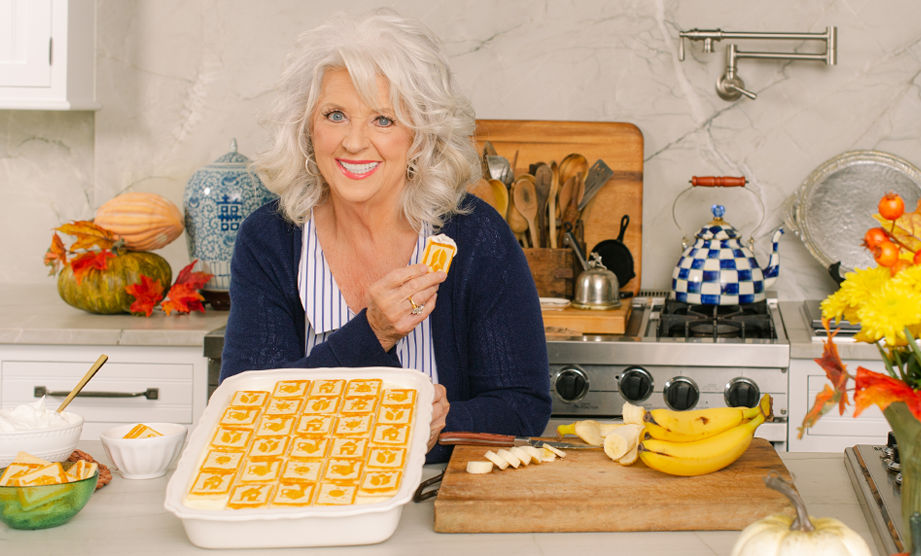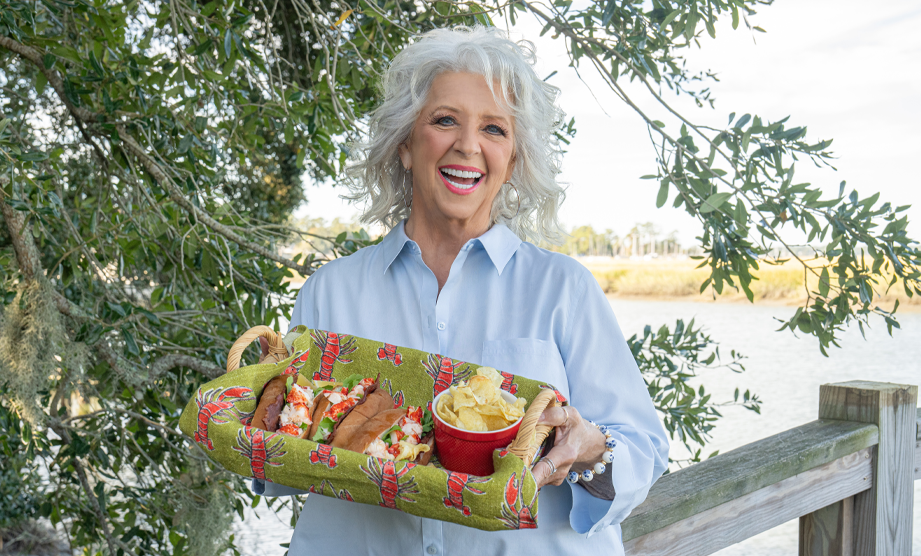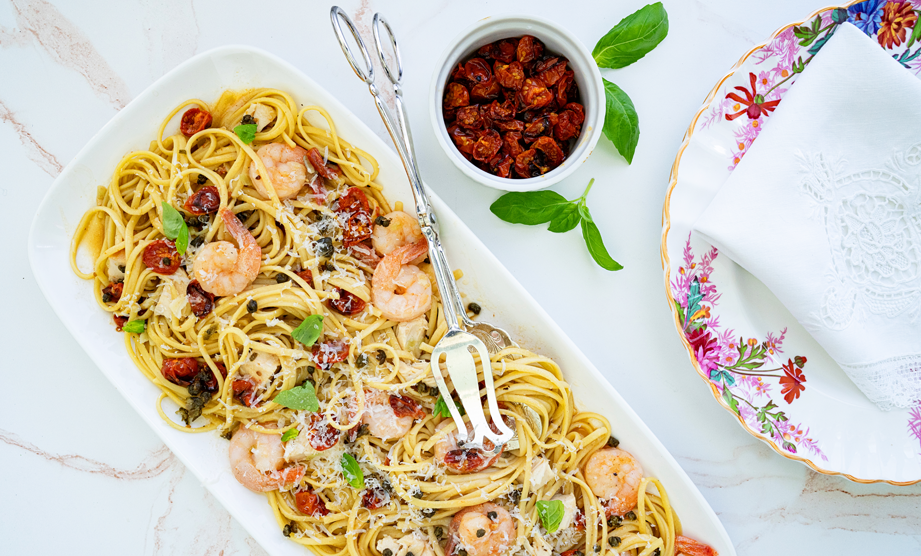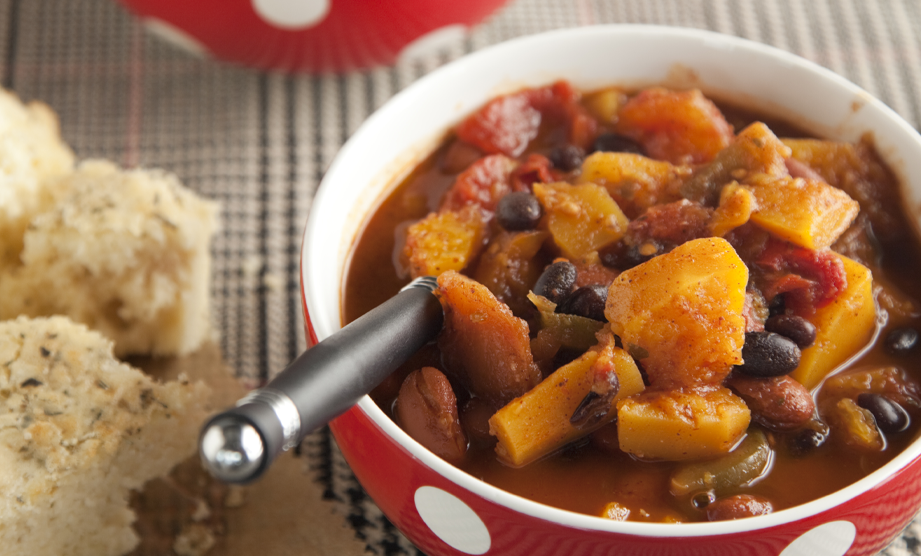The artichoke can be a daunting ingredient to tackle in the kitchen. Many people don’t know how to cut or prepare an artichoke, let alone how to cook it. When most people think of artichoke recipes, they often think of artichoke dips, but they’re much more versatile than that! Before we get to the cooking though, let’s talk artichoke basics, keeping in mind we’ll be focusing on the most common type of artichoke—the globe artichoke.
What are artichokes anyways?
Given that the artichoke is a member of the thistle family, there’s often a lot of confusion about whether they are a fruit, vegetable, or flower. We’re here to set the record straight—artichokes are, in fact, vegetables!
How do I pick a fresh globe artichoke?
Look for firm, brightly colored, and mostly unblemished artichokes—a couple brown spots are totally fine. Be sure that the leaves are tightly packed as splayed leaves mean they’re less than fresh. And whatever you do, avoid a shriveled artichoke.
How do I store a fresh artichoke?
Simply store unwashed artichokes in a plastic bag in the refrigerator—a fresh artichoke should keep for up to a week. If you see the leaves beginning to spread, you should cook the artichokes as soon as possible.
How do I prep a fresh artichoke?
Depending on the recipe, you’ll trim your artichoke differently, but most of the time, you will trim off the top of the artichoke, the stem, sharp edges, and outer leaves. Slice the top third of the artichoke off with a sharp serrated knife, and use kitchen scissors to trim off any thorns. If you don’t plan on using the stem, cut it off with the knife, as well. Remove the outer leaves with a paring knife. There is also a hairy choke inside the artichoke that can be removed by scooping it out with a spoon—you’ll access it by cutting the artichoke in half length-wise.
To minimize discoloration, which happens quickly with artichokes, while prepping them, place cut artichokes in a water bath with lemon juice or simply rub them with lemon juice.
Tips:
- To prevent discoloration, use glassware, stainless steel, or enamelware to cook artichokes.
- Gently spreading the leaves with your fingers before cooking the artichoke allows the heat, seasonings or sauces, to penetrate through the entire artichoke.
- It is completely normal for a raw artichoke’s bright green color to dull as it cooks.
- Keep in mind when following recipe instructions, that the total cook time can vary widely based on the artichoke size. The best way to check when an artichoke is done is by piercing the base of stem with a knife. If it pierces easily, the artichoke is ready!
If you’re still not ready to take on fresh artichokes, don’t forget—you can always buy artichoke hearts in a can or jar or even frozen artichokes. Whatever it takes for you to enjoy this wonderful vegetable is fine by us! Ready to get cooking? Enjoy the 12 amazing artichoke recipes below.









